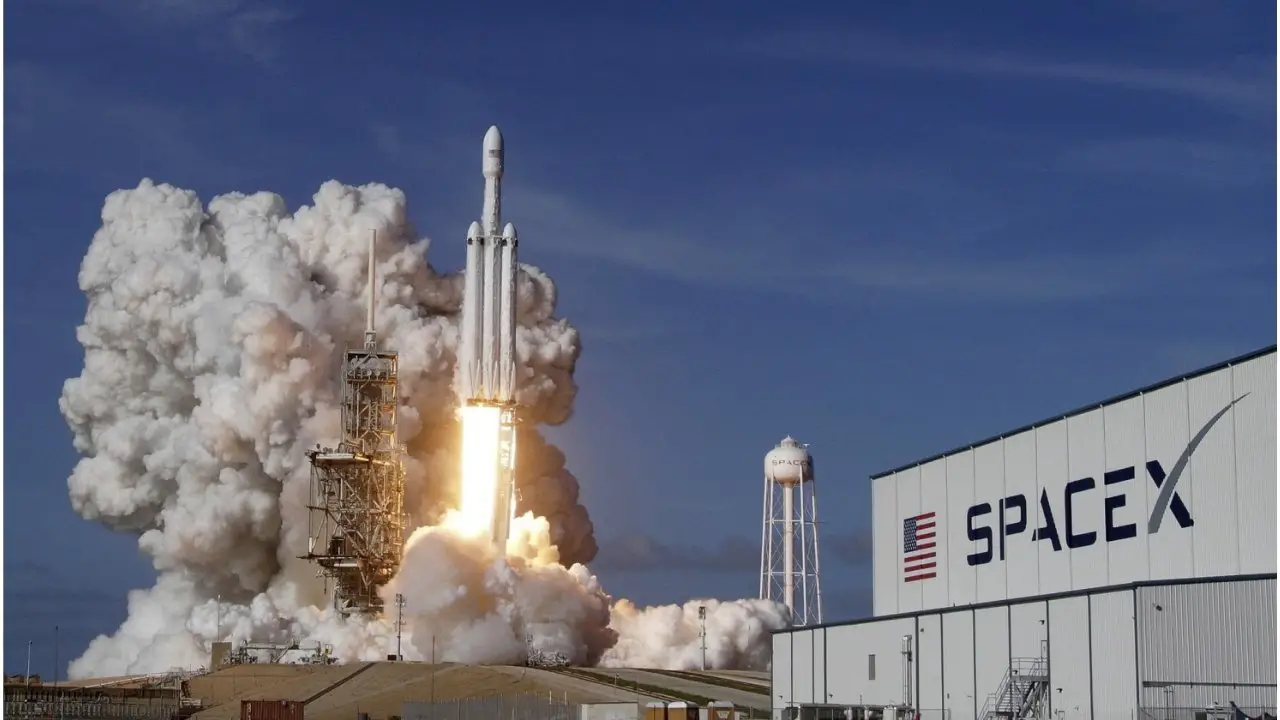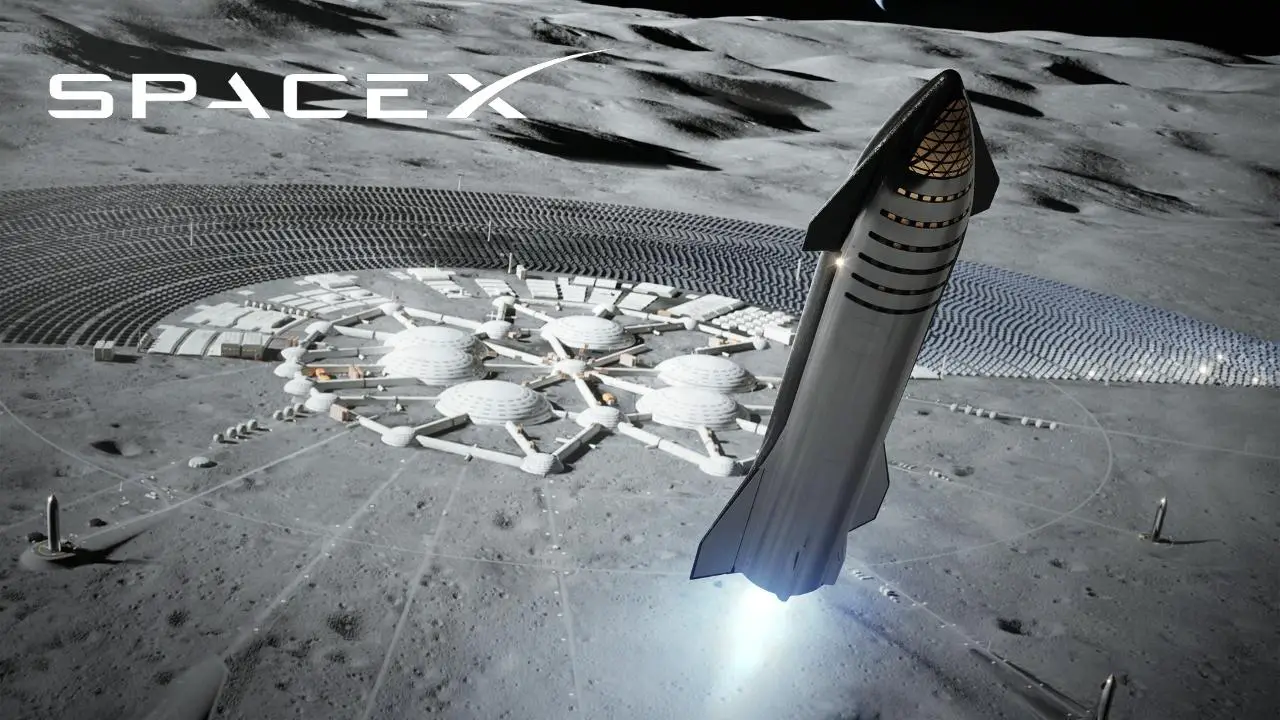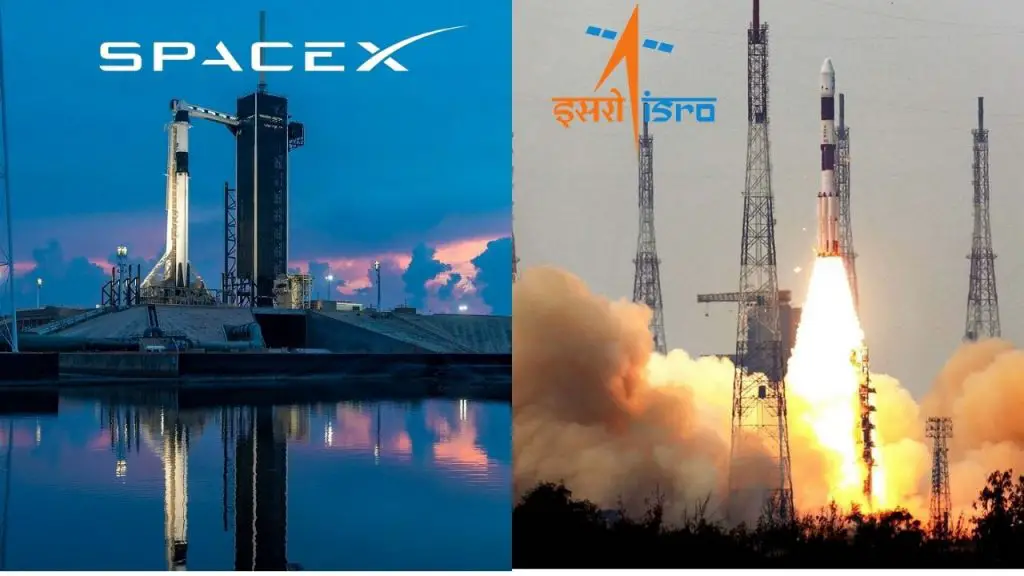Indian Space Research Organization (ISRO) is an Indian government space agency, similar to NASA. On the other hand, Space Exploration Technologies Corporation (SpaceX) is a private company formed by Elon Musk.
People often ask, is SpaceX better than ISRO?
The answer is Yes. SpaceX is better than ISRO because of SpaceX’s benevolent mission objectives, reusable rockets, the cheaper cost to send payloads to orbit, human-rated Falcon 9, Crew Dragon, and Starlink constellation.
Let’s elaborate.
Elon Musk established SpaceX in 2002[1], and ISRO was established in 1969. Though SpaceX is 33 years younger, it achieved more than ISRO within a short period.
Here are a few key points to support our claim.
Satellite productions and operations:
ISRO satellite achievement:
ISRO built its first satellite, “Aryabhata,” in 1975. From 1975 to 2021, ISRO made a total of 124 satellites.[2] However, not all of them reached orbit. 8 satellites failed to reach orbit due to launch vehicle failures.
As a developing nation, the Indian ISRO achieved more on the space frontier than rich countries such as Canada, South Korea, England, France, Germany, Saudi Arabia, Qatar, UAE, or Australia.
For example, India is the 5th country with the highest number of operational satellites in orbit.[3] India currently has 96 active satellites, behind the US, Russia, China, and Japan. On the contrary, India’s archnemesis, Pakistan has only 6 operational satellites in orbit.
SpaceX satellite achievement:
Up until 2018, SpaceX was only a launch provider for NASA and others. However, from 2018 to December 2020, SpaceX launched more than 955 satellites for their Starlink internet constellation.[4] Moreover, SpaceX is planning to expand its Starlink constellation up to 42,000 satellites for the global internet.
Within a short time, SpaceX acquired the know-how to make Satellites in large quantities. Currently, SpaceX is the largest satellite producer and operator in the world.
ISRO vs. SpaceX satellite operation:
Though ISRO had a headstart on satellite production and launches, SpaceX has surpassed ISRO in just 2 years. Therefore, now SpaceX has superior knowledge and expertise regarding satellites than ISRO.
Launch Vehicles Price Comparison:
ISRO:
ISRO currently has 3 launch vehicles — Polar Satellite Launch Vehicle (PSLV)[5], Geosynchronous Satellite Launch Vehicle (GSLV)[6], and GSLV Mark III[7]. Unfortunately, every one of these rockets is expandable, not reusable.
However, the fantastic achievement of ISRO is the cost of its rockets. No other organization in the world can launch a payload into orbit at such a low price similar to ISRO.
For example, the cost per launch of a PSLV rocket is $18 million to $28 million, the cost per launch of GSLV is $47 million, and GSLV Mark III is $51 million.[8]
SpaceX:
Currently, SpaceX has 2 launch vehicles. Falcon 9[9], and Falcon Heavy[10]. Both of these rockets are partially reusable — only the first stage. However, Falcon 9 with crew dragon or cargo dragon is fully reusable.
Compared to ISRO, Falcon 9 and Falcon Heavy are costlier. The Falcon 9 costs $62 million, and Falcon Heavy costs $90 million per launch.

ISRO vs. SpaceX launch vehicle price comparison:
If you look at the price difference between ISRO and SpaceX launch vehicles, ISRO is the winner. However, if you go deeper, you would realize it’s not true. We will find out that Falcon 9 is cheaper than ISRO’s cheapest rocket, PSLV.
- ISRO’s PSLV can launch 3,800 kg payloads to Low Earth Orbit (LEO). At $18 million per launch, payload delivery cost by PSLV to LEO is $4,736/kg.
- ISRO’s GSLV can launch 5,000 kg payloads to Low Earth Orbit (LEO). At $47 million per launch, payload delivery cost by GSLV to LEO is $9,400/kg.
- ISRO’s GSLV Mark III can launch 10,000 kg payloads to Low Earth Orbit (LEO). At $51 million per launch, payload delivery cost by GSLV Mark III to LEO is $5,100/kg.
On the contrary,
- SpaceX’s Falcon 9 can launch 22,800 kg payloads to Low Earth Orbit (LEO), double than GSLV Mark III’s capability. At a $62 million per launch, payload delivery cost by Falcon 9 to LEO is $2,719/kg.
As we can see, A Falcon 9 rocket is almost 45% cheaper than PSLV. Therefore, for practical purposes, SpaceX is more affordable than ISRO’s most inexpensive rocket.
- Moreover, SpaceX’s Falcon Heavy can launch 63,800 kg payloads to Low Earth Orbit (LEO), six times than GSLV Mark III’s capability. At a $90 million per launch, payload delivery cost by Falcon Heavy to LEO is $1,410/kg.
Launch Vehicles Capability Comparison:
ISRO:
As we previously described, ISRO has 3 launch vehicles, PSLV, GSLV, and GSLV Mark III.
- The PSLV can carry 3,800 kg to Low Earth Orbit (LEO) and 1,300 kg to Geostationary orbit(GTO).[11]
- The GSLV can carry 5,000 kg to LEO and 2,700 kg to GTO.[12]
- The GSLV Mark III can carry 10,000 kg to LEO and 4,000 kg to GTO.[13]
SpaceX:
- SpaceX currently has 2 active launch vehicles, Falcon 9 and Falcon Heavy.
- The Falcon 9 can carry 22,800 kg to LEO and 8,300 kg to GTO.[14]
- The Falcon Heavy can carry 63,8000 kg to LEO and 26,700 kg to GTO.[15]
ISRO vs. SpaceX launch vehicle comparison:
As we can see, SpaceX rockets not only can carry more payloads to orbit, it’s also reusable. Therefore, SpaceX again wins in this category.
Employee count:
According to ISRO’s annual report, ISRO employs 17,222 people as of 2021.[16] On the other hand, as of 2021, SpaceX only has 8,000 employees.
It’s impressive that SpaceX has achieved more in a short period than ISRO with fewer employees.
Openness:
SpaceX live streams every one of their rocket launches. Moreover, they are building their Starship in an open field. Either failure or success, they show everything to the public.
However, ISRO is not open like SpaceX. They don’t even live stream their rockets footage. Compared to SpaceX, ISRO’s broadcast is terrible.
Human rated rocket:
ISRO does not have any human-rated rocket. They never sent an astronaut to space.
In contrast, SpaceX’s Falcon 9 is a human-rated rocket. They are routinely sending astronauts with Falcon 9 and crew-dragons to the International Space Station (ISS).
Therefore, SpaceX has a more significant accomplishment than ISRO in this category.
Reusable rockets:
None of ISRO’s rockets is reusable. Though they are working on a reusable rocket, they are still far behind SpaceX on building and testing.
Falcon 9 and Falcon Heavy are reusable rockets. Moreover, SpaceX is working on a fully reusable next-generation Mars rocket, Starship. They also have completed various tests with this rocket.
Therefore, on rocket innovation, building, and testing, SpaceX is far ahead of ISRO.
Mission objectives:
ISRO’s primary mission objective is to support the government’s space exploration endeavors, such as building satellites and making launch vehicles. ISRO has also sent probes to the Moon and Mars for research purposes.
On the other hand, SpaceX is a private company. Elon Musk formed SpaceX to make humans’ life multi-planetary. He wants to make a human base on the Moon and wants to send 1 million people to Mars. SpaceX intends to rekindle space enthusiasm among people, like the 1969 moon mission.
In the process, they are helping NASA, building an internet satellite constellation, and assisting others in sending their satellites into Earth’s orbit.
Therefore, SpaceX and ISRO have completely different objectives. While ISRO is focusing on helping Indian people, SpaceX is focusing on the entire Human race. Thus, SpaceX has a more significant purpose than ISRO.

Can SpaceX and ISRO work together?
It’s doubtful that SpaceX will ever work with ISRO. It’s because the space industry in the US has to follow the federal government’s ITAR law.
The US government’s ITAR law considers everything related to rockets as military-grade weapon technology and state secrets. This law prevents SpaceX from sharing its technology with a non-US citizen. It’s why SpaceX only hires Americans and can’t share its technology without the US Department of Defence’s permission. Therefore, SpaceX and ISRO can’t work together.
Interesting Findings:
How can a non-US person get a job at SpaceX?
The only way a non-US person can get a job is to manage a US green card first. After several years, you can apply to become a US naturalized citizen. Then you should apply for a job at SpaceX.
Technically, a US green card holder can apply for a SpaceX job. Still, it’s doubtful that you would get a security clearance from the US Defence Department, especially if you are from China, Iran, or Russia.
So, the process is:
- First, get a US green card.
- Then apply for US citizenship.
- After becoming a US citizen, apply at SpaceX.
So, how can you get a US green card?
There are two easy ways you can get a US green card.
- Option 1: come to the US as a student. After your graduation, get a job and obtain a US green card through your employer.
- Option 2: Marry a US citizen or US green card holder. Once married and you come to America, you would get a green card.
After several years which is typically 3 to 5 years, you can apply at USCIS for your US citizenship.
Elon Musk SpaceX Ownership:
SpaceX is a privately held company, and Elon Musk is the principal shareholder of SpaceX. During a recent FCC filing, SpaceX revealed that Elon Musk owns 54% of the company with 78% voting control in the SpaceX board.[17] Moreover, Elon Musk is the only person who owns more than 10% share of this company.
Bottom Line:
No one can deny that ISRO’s achievement is impressive. They are making India proud. India accomplished more in space than many developed western countries. However, when it comes to comparing SpaceX and ISRO, SpaceX is better than ISRO in every aspect.
